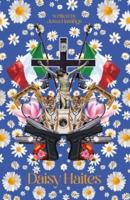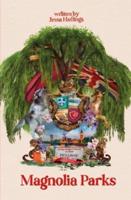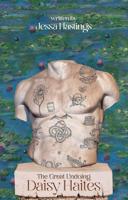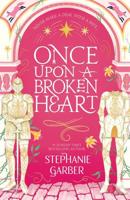Publisher's Synopsis
This historic book may have numerous typos and missing text. Purchasers can usually download a free scanned copy of the original book (without typos) from the publisher. Not indexed. Not illustrated. 1900 edition. Excerpt: ... THE CHOIR We have already stated that this portion of the Cathedral was cut off from the remainder by the Cosin screen removed in the year 1846. The object Dean Waddington had in view when he determined upon pulling the oaken barrier down at the entrance to the choir, was to lay the building open from end to eDd, and that which was even more important, to increase the space available for the worshippers therein. He thought, and perhaps rightly, that large congregations would be drawn thither, and instead of this portion of the church being as it were separated from the rest by being laid open, the congregation in the nave might with as much ease as those in the choir unite in the service. His anticipations have been more than realized. Standing here upon the threshold of the s-anctuary, there are few persons who will not fail to be impressed by a feeling of awe. Here it was that the services of the church were performed day and night, and here also successive generations of pious men passed the greater part of their days, and th. re, just beyond the graceful pinnacles of the restored Neville Screen, rest the remains of the Church's Saint, to which the highest honours were paid, and whose memory it was almost unnecessary to keep alive by any outward act of devotion. The remembrance of his remarkable life, the marvellous miracles believed to have been performed by him, and the discovery of his alleged incorrupt body a second time after being brought from the tomb, are but a tittle of the events which here took place. It is presumed that Carileph's Church terminated with an apse at the east end and side aisles, and within the central apse were Saint Cuthbert's shrine and the high altar. It has been said that "The destruction of the apse of...





